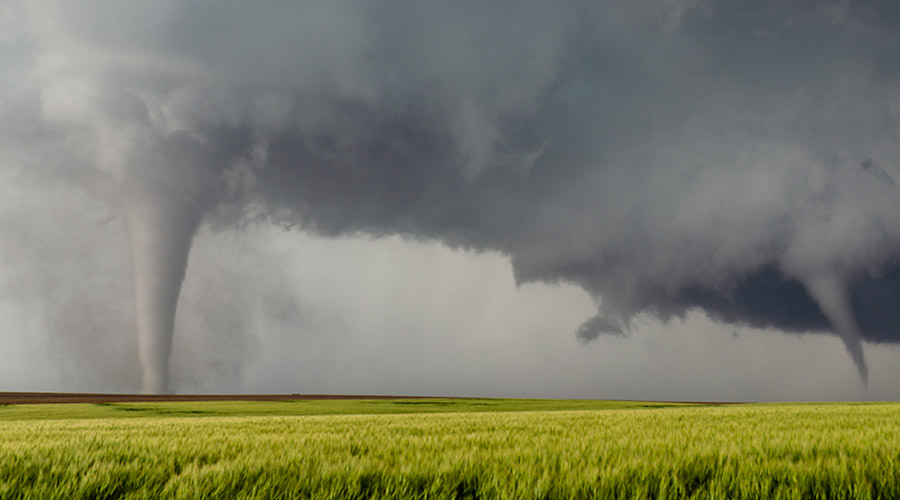The spring and summer seasons bring the potential for severe weather. Preparation for tornadoes and other weather events can save lives and protect healthcare facilities. While Mercy Health Love County was able to protect its occupants, the facility sustained tremendous damage.
The hospital in Marietta, Oklahoma, was struck by a tornado on April 27, prompting its closure, according to FOX23. Before the storm, the hospital staff managed to move 10 patients to safety at nearby hospitals. Due to safety concerns, the hospital and clinic on campus are closed indefinitely. Hospital leaders also are strategizing on ways to provide continued care to the community despite the closure.
Severe weather can damage the facility, harm occupants and even knock out power. Preparation for these scenarios is crucial to weathering them, and the process differs among healthcare facilities.
Related: Building Disaster-Resilient Senior Care Facilities
“When you are talking about healthcare facilities, there is not a lot of room for error,” Chuck Miccolis, managing director of commercial lines at IBHS, told Healthcare Facilities Today. “You need to make sure that the roof stays on and that the water stays out. Really make sure that there is minimal to no disruption of services, and you really do not want to have too much building damage. That can literally mean life or death if the facility is damaged or if it is not functioning at its full capacity.”
Miccolis says hardening facilities for severe weather such as thunderstorms, tornadoes and flooding is essential. When developing a plan, facilities managers must make sure to consider the most vulnerable parts of a facility, such as roofs, windows, walls, doors and rooftop equipment. They also need to have a plan for a backup source of power in case of an outage.
Jeff Wardon, Jr. is the assistant editor for the facilities market.

 Why Identity Governance Is Becoming a Facilities Management Issue
Why Identity Governance Is Becoming a Facilities Management Issue Habitat Health Opens South Los Angeles PACE Center
Habitat Health Opens South Los Angeles PACE Center Denton County MHMR Center Suffers a Data Breach
Denton County MHMR Center Suffers a Data Breach What Every EVS Leader Needs To Know
What Every EVS Leader Needs To Know Blackbird Health Opens New Clinic in New Jersey
Blackbird Health Opens New Clinic in New Jersey